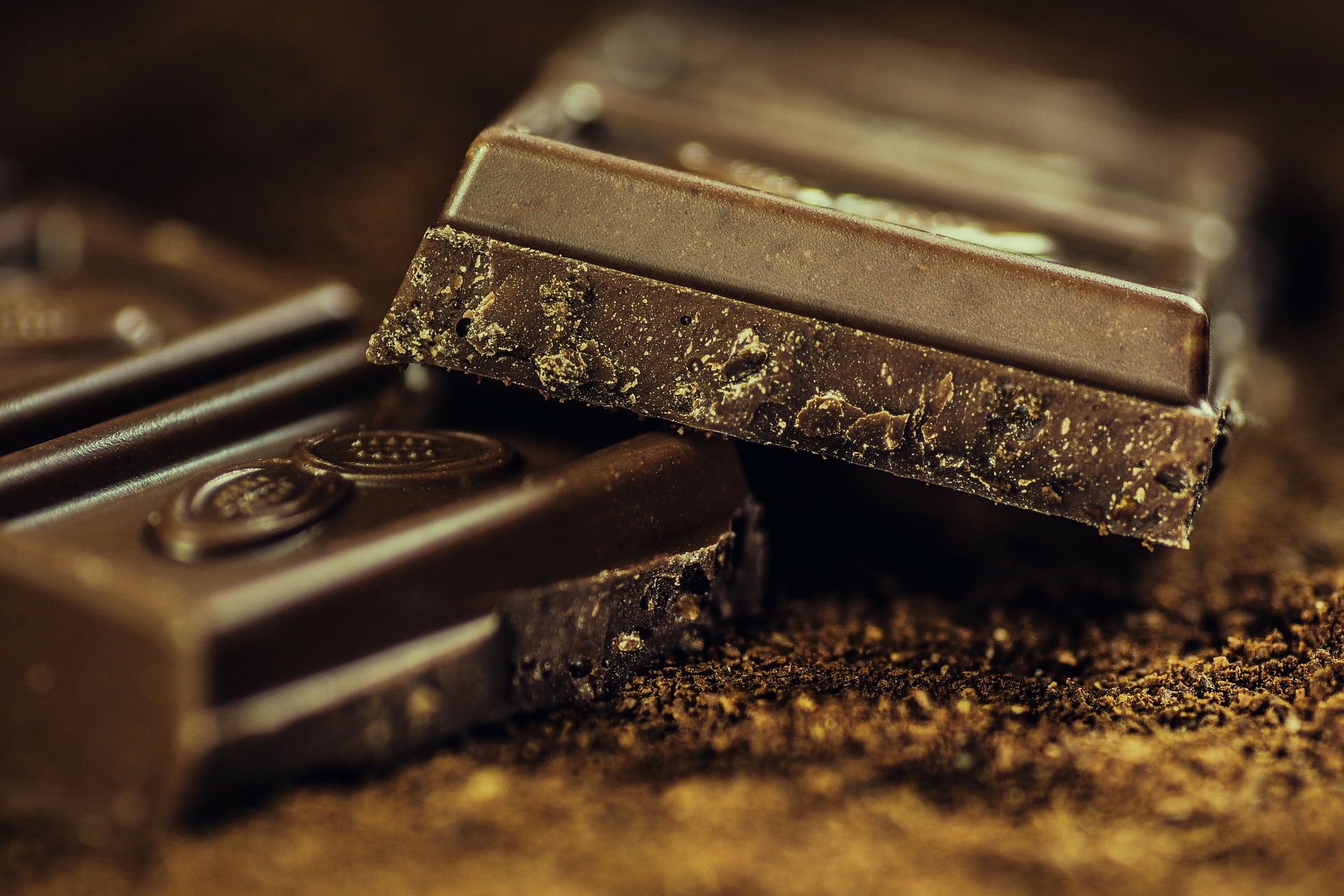The holiday season inevitably conjures images of good food and sweet treats, including chocolate which is one of my favorites. This holiday edition of beijingkids is the perfect time to talk about one of the world’s most popular sweet indulgences. Let’s get into the good, the bad, and the ugly of chocolate.
Chocolate is made from the cocoa bean which is native to central and South America. It has a relatively long history of use in Europe and North America, but chocolate, as we know it now, didn’t come to China until the 80’s, with major international candy companies. The chocolate market in China is rapidly growing, as more and more people are discovering this sugary delight.
Cocoa itself is a very nutritious food. It’s rich in antioxidants (read: pollution fighters) and minerals like magnesium, potassium, iron, and zinc. Magnesium also helps protect us from the ill effects of pollution as it’s needed for every major detoxification process in the body. Magnesium is also a relaxant and helps the body counteract stress. Cocoa contains a group of phytonutrients (phyto=plants) called flavonoids, especially flavanols which are better known for their benefits to the cardiovascular system. They’ve been shown to lower cholesterol, reduce the stiffness of the arteries, and help decrease blood pressure. Studies show that eating 2 servings of dark chocolate on a weekly basis (1 serving = 30g) decreases the risk of stroke, heart disease, and diabetes. Flavanols can also help enhance processing speed and working memory. Theobromine, another interesting phytonutrient found in cocoa, is a mild stimulant similar to caffeine. Sounds like another good reason to eat some chocolate when the mid-afternoon slump hits.

But is it really that healthy? We just talked about the good, but what about the bad? Cocoa has a bitter flavor, and in order to make it more palatable, chocolate producers add quite a bit of sugar to please our taste buds. Sugar has no nutritional value and leads to inflammation, which leads to many other health conditions. Candy bars often use milk chocolate; therefore, there is less cocoa when compared to dark chocolate. That means less fiber, fewer antioxidants, and fewer flavonoids. So if we’re eating the candy bar version of chocolate, we’re getting a whole lot of empty calories with much fewer health benefits.
This brings us to the selection process for good chocolate… and unfortunately to the ugly as well. Chocolate is big business, it’s a multibillion-dollar industry that often underpays farmers for bigger profits. In some countries, child labor is employed on farms where working conditions are not only extremely poor but dangerous as well. For this reason, when it comes time to choose your chocolate, look for something that is ethically produced. Many such products have the fair trade logo on their packaging. Don’t forget to also select dark chocolate, with at least 65 percent cocoa. The more cocoa the more nutrition!
Now you have a few more good reasons to enjoy chocolate. Just remember, moderation is key, so balance out your snacking with some nuts and fruits. Yum!
Got a question?
Dr. Melissa Rodriguez is a naturopathic
doctor and mother of two, who works at Beijing United Family Hospital. To find out more, check out her website at
www.drmelissarodriguez.com
Photos: Hans, AlexanderStein via Pixabay
This article appeared on p25 of beijingkids December 2017 issue.





